Complete your selection
Green propolis is one of Nature’s riches. In traditional herbalism, it’s regarded as a valuable remedy for fighting all kinds of infection. Like honey, it boasts a highly complex composition with amazing levels of biological elements. Its effects are thought to be due to the many polyphenols and phenolic acids it contains such as artepillin C, a molecule which in recent years has been the subject of numerous scientific studies.
Where does propolis come from?
Propolis is a sealant used by bees to make their hives stronger, more watertight and more resistant to microbial and fungal invasion. It is produced by the bees from resin gathered from tree buds and bark (European propolis comes from poplars and conifers and Brazilian green propolis from baccharis.) With powerful antiseptic properties, the resin serves to protect the tree buds from pathogens. The bees add wax and saliva to this resin and the resulting propolis is then collected by beekeepers by scratching the ‘frames’ of the beehive, after which the wax and impurities are removed.
Are some forms better than others?
There are various types of propolis depending on the geographical location of the beehive, the plants native to the area, the seasonal availability of the plants and the particular species of bee. But it’s primarily the ecosystem within which the bees collect their resin which most affects the composition of the propolis. Poplar is the main source in European regions, but it is the Brazilian varieties (particularly the growing tops of Baccharis dradunculifolia) which contain the highest level of therapeutic properties. In these regions, the bees enjoy an exceptional environment, far from the adverse effects of intensive farming and pesticides. Brazilian green propolis owes its colour to the fact that the bees primarily collect chlorophyll from the unexpanded buds, and to the propolis’ high content in several specific constituents (cinnamic acid, kaempferol, artepillin C).
What is in green propolis?
There are on average over 300 different components in propolis, all of which have been identified using modern methods of analysis:
- Flavonoids (which comprise flavones, flavonols and flavonones). These play an important role in plant pigmentation and are responsible for propolis’ potent antioxidant and anti-inflammatory properties. More than 60 have been identified, including quercetin, pinostrombin and galangin.
- Phenolic acids. The main phenols are caffeic acid (with significant antioxidant potency), cinnamic acid (an exceptional anti-fungal), benzoic acid, diterpene acid and ferulic acid (an anti-inflammatory).
- Aromatic substances (including vanillin and isovanillin).
- Volatile essential oils (including anethole and eugenol).
- Vitamins A and B, and minerals (including zinc and silica).
What health benefits are offered by green propolis?
Over the last 50 years, the traditional use of propolis has been validated by science, with studies confirming an astonishing number of therapeutic properties for the substance.
Anti-microbial and immune-modulating effects
The anti-microbial effects of Brazilian green propolis are clearly documented in the case of bacteria (particularly those associated with ENT, gastrointestinal, genital and oral health problems), viruses (due to its flavonoids and caffeic acid esters), fungi (due to its galangin, kaempferol and pinocembrin content) and parasites. Recent studies suggest that propolis may have an antifungal effect comparable to that of synthetic drugs used to treat superficial and exotic mycoses. It acts directly on microorganisms (inhibiting, for example, bacterial growth, by blocking cell division and adhesion), but also stimulates the immune system (like arabinogalactan or PP40 (an extract of Pao pereira), by promoting both an increase in macrophages through stimulation of their lytic activity, and production of antibodies by plasma cells. This action is related in particular to derivatives of cinnamic acid as well as to artepillin C.
Anti-inflammatory effects
Propolis also offers definite anti-inflammatory effects. The mechanism involved is similar to that of aspirin: the flavonoids and their derivatives prevent the synthesis of prostaglandins (compounds central to the inflammatory response), as well as several enzymes involved in the inflammatory metabolic pathway (cyclooxygenase, lipoxygenase, ornithine decarboxylase). Its anti-inflammatory properties can be complemented by the effect of 5-Loxin® ; (an extract of Boswellia serrata).
Antioxidant and neuroprotective effects
Propolis contains a number of antioxidant compounds which can ‘trap’ free radicals, the highly aggressive reactive oxygen species which damage our health (in an effect termed ‘oxidative stress’) and which are key players in cellular ageing. The 40 or so flavonoids found in propolis make it, along with tea, one of the richest sources of antioxidants, comparable to other antioxidants available to buy at Supersmart such as Antioxidant Synergy or Reduced Glutathione. Scientists have also observed an effect against gastric ulceration due to its significant anti-secretory activity.
What is in Green Propolis
Any questions?
Our team of nutrition experts and scientists has the answers.
With all the above-mentioned therapeutic properties, propolis is thus an effective natural aid in many situations. It is used for:
- Increasing the body’s immune defences.
- Boosting resistance to aggressors, free radicals and germs.
- Fighting infection of all kinds and inflammatory reactions.
- Helping to combat ENT problems, particularly sore throat, nasopharyngitis and sinusitis.
- Enhancing the effects of commonly prescribed anti-fungal treatments and antibiotics.
Make sure you choose your green propolis carefully in order to obtain maximum benefit from this Brazilian natural treasure.
Most of the products on the market are in powdered form and are not standardised in active ingredients, significantly reducing their effects.
Focus on extracts standardised in phenolic acids and artepillin C, a guarantee of the green propolis’ authenticity and efficacy. This is the case with our Green Propolis supplement.
- Propolis has an acrid, bitter taste and can cause an unpleasant burning sensation when it is chewed.
- The lyophilised form of propolis (found in capsules) preserves its properties almost indefinitely, which is not the case with the standard preservation of fresh propolis. You therefore don’t have to worry about how to use or take it.
- All the above-mentioned therapeutic properties depend on the quality of standardisation (the main reference in this respect is undoubtedly the work of Professor Volpi of the University of Modena [volpi@unimo.it]), as well as collecting the selected species. Commercially available propolis in its raw form is not always of high quality.
With rigorously checked botanical sources, and standardised extracts supported by conclusive, clinical trials, green propolis constitutes an essential, natural product offering multiple synergistic ingredients which should be considered a high priority supplement. Using propolis to maintain and improve your health has never been easier than with green propolis. Concentrated and free from all impurities, this is the wonder bee product – the beehive’s secret to good health.
Buy Green Propolis capsules for immunostimulant benefits.
This product’s capsules are made of pullulan, a natural polysaccharide obtained by fermenting tapioca or corn. Pullulan contains no animal ingredients and provides an excellent barrier to oxygen, helping to preserve the integrity of the capsule’s ingredients. It is also an eco-friendly alternative to synthetic materials.
february 28 2020
M’aide bcp
june 30 2019
Excellent
december 15 2025
Cher mais très bien
Expensive but very good
 see the translation
Translated by SuperSmart - see the original
see the translation
Translated by SuperSmart - see the original
december 10 2025
Todo perfecto muchas gracias
Everything perfect, thank you very much
 see the translation
Translated by SuperSmart - see the original
see the translation
Translated by SuperSmart - see the original
november 6 2025
Produit efficace et de qualité
Effective and quality product
 see the translation
Translated by SuperSmart - see the original
see the translation
Translated by SuperSmart - see the original
Need help?
You may also like

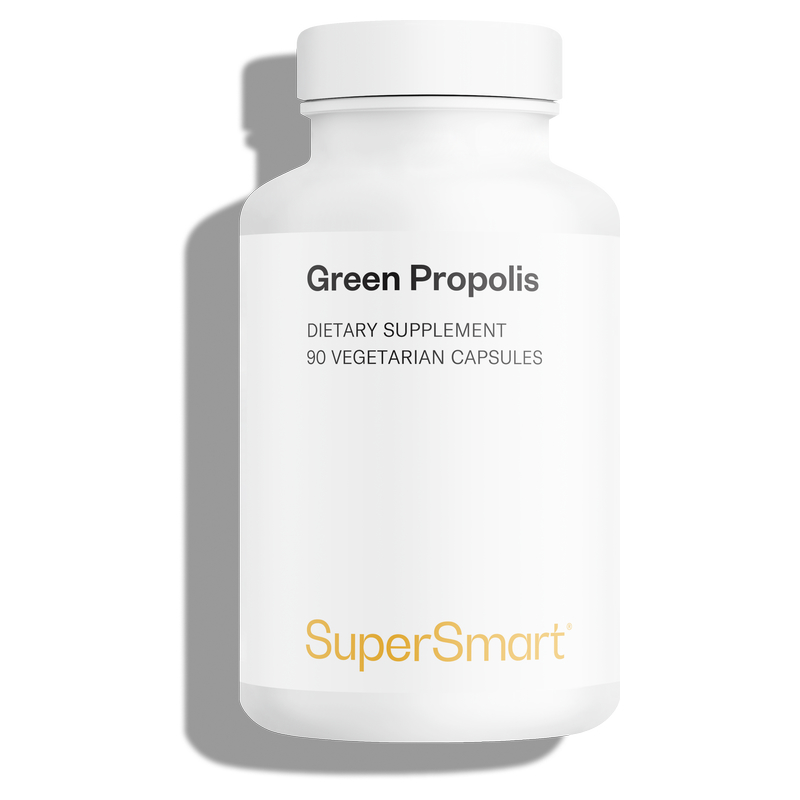

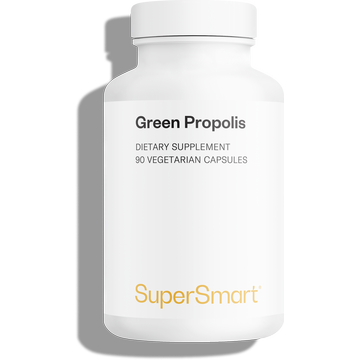
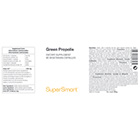


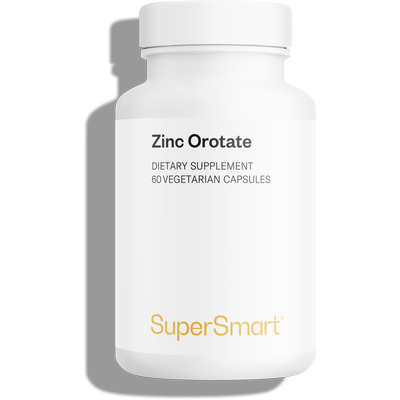


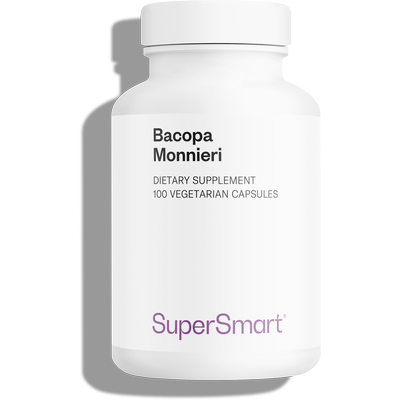




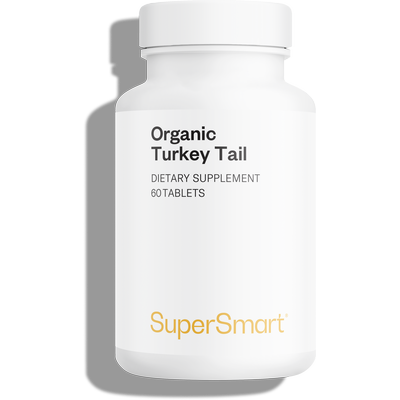





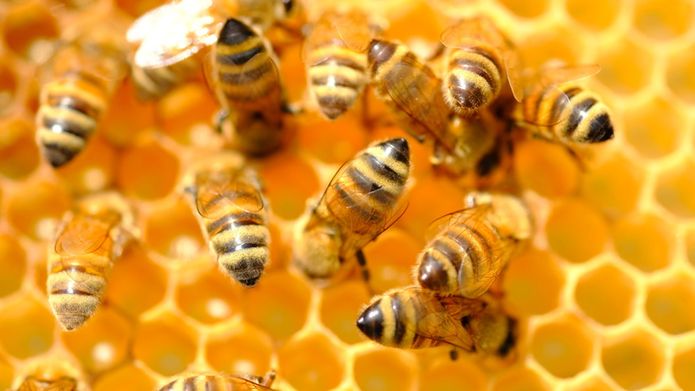
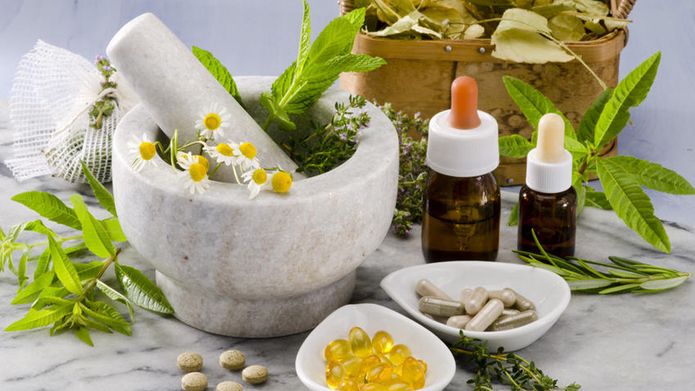

Bonjour,
Nous sommes ravis que ce produit vous apporte satisfaction, cependant vous ne lui avez attribué qu'une étoile. Est ce un oubli?
Merci d'avoir pris le temps de laisser votre avis.
Mr Smart